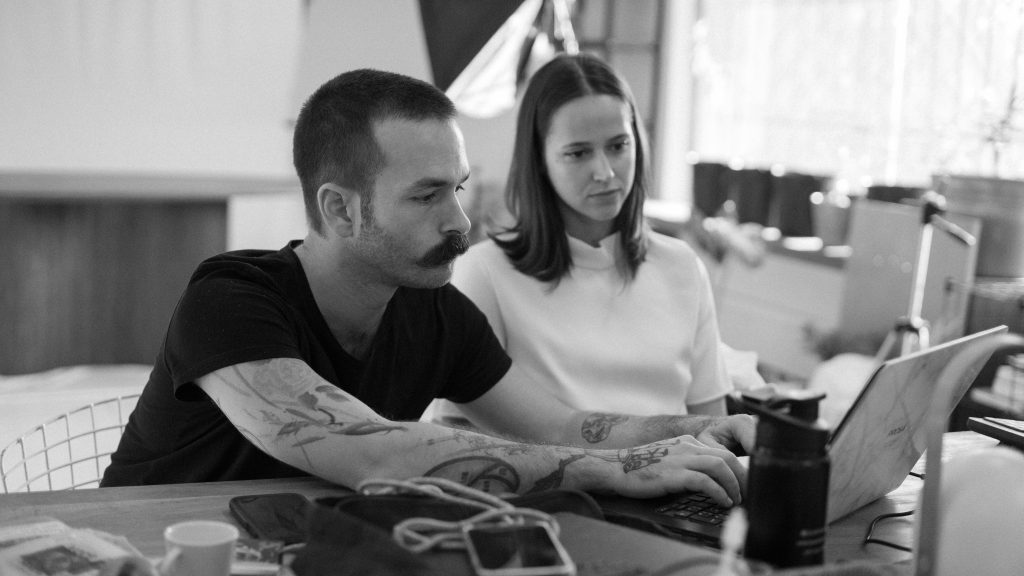

10 TALENTS: Adressing Personal and Social Sustainability in Contemporary Design
Much like the early theories on aesthetics, we connect with objects on both a social and a deeply personal level. In ancient Greece, the definition of aesthetics was more about reaching some kind of sublime perfection, which was commonly considered beautiful. Later philosophers like Emmanuel Kant introduced the idea that aesthetics was something happening on a more personal level, not necessarily connected with beauty, and later Theodor Adorno argued that aesthetic opinion is something happening on a collective or social level in society, driven by the cultural industry.
Thus, there seem to be connections between aesthetics and sustainability which are becoming increasingly relevant in today’s environmental landscape. Much like all decisions in life, the reasons we make sustainable choices are inevitably influenced by our individual and social thinking. Today, designers and makers are working in many fields of sustainable production. Some more focused on the societal aspects while others on the deeply personal and individual level.
This article delves into the practice of four contemporary design studios, and how they address these dimensions of sustainable design, in the quest of contributing to a healthier world.








Social Sustainability: Community and Crafts
Social sustainability integrates processes, systems, and relationships to support livable communities for both current and future generations. This concept is vividly brought to life by designers like Lørdag & Søndag and Rashmi Bidasaria, who prioritize community impact and engagement over mere object design.




Lørdag & Søndag, led by Salvador Compañ, is a testament to the power of design in preserving cultural heritage. By collaborating with local artisans from cultural hubs around Mexico such as Oaxaca, Chiapas, Estado de México, Veracruz, Guanajuato, Hidalgo, Guerrero, and Campeche, the studio sustains ancient craft ensuring that invaluable knowledge is passed down. Their work with wicker, a fast-growing and thus sustainable material, is not just about the beauty of the artifacts created but about celebrating and sustaining Mexico’s rich artisanal legacy.








Rashmi Bidasaria, through her multidisciplinary approach, embodies the essence of social sustainability. Her work extends beyond the creation of objects to fostering a network of designers, researchers, technical experts, and communities. This collective engagement aims to merge traditional knowledge with contemporary practice, highlighting the role of design in building sustainable communities.
More than 400 million tonnes of slag from the iron and steel industry is produced worldwide each year. The factory spends the equivalent of £60 /tonne/month to dump these materials into landfill. By utilizing these materials to make value-added products, the most conservative estimate of additional revenue to the factory worker’s community would be around £5000/month. By choosing this table you would save around 15 kg of waste materials going into landfills.
Dross Tables are made from the recovery of steel slag, quartz, and residual heat that form a large percentage of the waste by-products of the molten iron processing industry. These waste materials are put in a mould and baked into the heat that is dissipated from the steel furnace, requiring no new energy to create them. The process is unique to steel factories and has been invented through collaboration with factory workers.
Thus, The Dross Tables by Rashmi Bidasaria celebrates the essence of handcraft, an ode to the communities we live around.


Personal Sustainability: Intimacy and Material Connections
Personal sustainability emphasizes a lifestyle that fulfills individual needs without compromising future generations’ ability to meet their own. This dimension of sustainability is characterized by a profound connection between the individual and the objects they choose to keep in their lives, highlighting the role of personal choice in promoting sustainability.
















Kajsa Melchior’s work is a prime example of personal sustainability. Her unique approach to using sand as a primary material showcases her dedication and humbleness towards a specific medium and her ability to create a deeply personal aesthetic that challenges traditional forms. Her work blurs the line between furniture and sculpture, inviting us to reconsider our relationship with everyday objects and the environment.







Byron Clark‘s approach to design emphasizes the importance of meaningful connections between people and the objects they interact with. Based in London, Clark’s practice is a blend of artistic expression and environmental consciousness, focusing on minimizing his footprint through thoughtful creation. His work encourages us to see objects not as disposable items but as extensions of our identity and values, fostering a more sustainable interaction with our material world.









The practices of designers like Lørdag & Søndag, Rashmi Bidasaria, Kajsa Melchior, and Byron Clark illustrate the seamless integration of personal and social dimensions of sustainability. Their work demonstrates that sustainable design is not just about material, ecological, or economic factors but also about nurturing a deep connection between people, their communities, and the environment. By focusing on both the impact of design on society and the personal values that guide sustainable living, these designers contribute to a more holistic approach to sustainability.
This intersection of personal and social sustainability in design reflects a comprehensive understanding of our relationship with the environment. It’s a reminder that every design choice has the potential to contribute to a healthier world, whether through preserving traditional crafts, engaging communities, or fostering personal connections with the objects we use every day. The work of these contemporary designers serves as a powerful narrative of how design can embody and promote sustainability on multiple levels, ultimately guiding us toward a more sustainable future.
Read more on Sustainability in Design
-
Plastic, Reimagined: Atelier Sohn’s B.S.P. “The Original” Chair Debuts at 3daysofdesign
-
Sculpture That Breathes: Design as Intimacy with Studio AOAO
-
SHIFTING MATTER: An Exploration of Nature’s Role in Design and Art
-
Room Dividers Through the Ages: A History of Utility, Style, and Cultural Exchange
-
Nature as the Ultimate Designer for Earth Day
-
MILAN DESIGN WEEK 2025: THE ESSENTIAL EDIT
Discover More Sustainable Design on Adorno
-

 Frankenstein’s Bag
Frankenstein’s Bag -

 Le Nomade / Side Table // Reimagined Textile
Le Nomade / Side Table // Reimagined Textile -

 Le Rebond / Low Stool // Reimagined Textile
Le Rebond / Low Stool // Reimagined Textile -

 L’intervalle “l” / Shelving Unit // Reimagined Textile
L’intervalle “l” / Shelving Unit // Reimagined Textile -

 Le Plot / Stool // Reimagined Textile
Le Plot / Stool // Reimagined Textile -

 Wildrose Candle Holder
Wildrose Candle Holder -

 Moza Chair
Moza Chair -

 Chaise Sossego
Chaise Sossego -

 Plano – Terrazzo Dining Table
Plano – Terrazzo Dining Table -

 Cast-iron Bracket Rack
Cast-iron Bracket Rack -

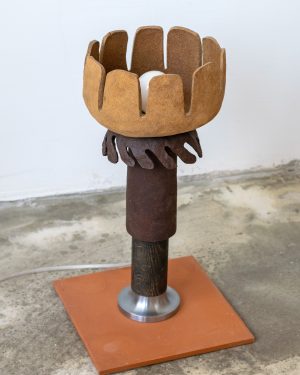 Giria Flower Lamp
Giria Flower Lamp -

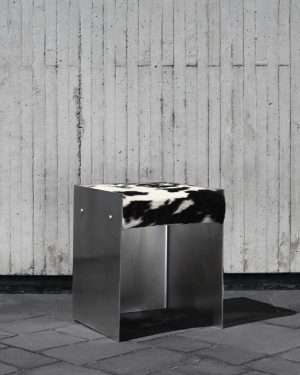 Wrp-003 Stainless Steel / Cowhide Stool
Wrp-003 Stainless Steel / Cowhide Stool -

 Sima Sculpture
Sima Sculpture -

 Hilana Emerald Wool Chair By Diego Olivero
Hilana Emerald Wool Chair By Diego Olivero -

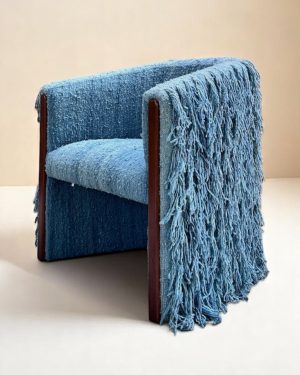 Hilana Denim Wool Chair By Diego Olivero
Hilana Denim Wool Chair By Diego Olivero -

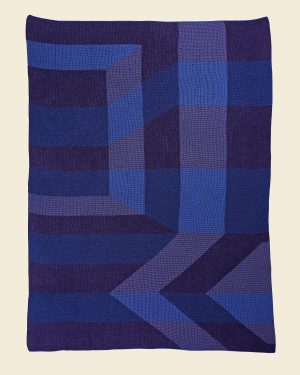 Geometric Wool & Cotton Blanket
Geometric Wool & Cotton Blanket -

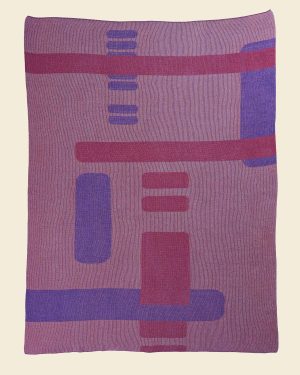 Geometric Wool & Cotton Blanket
Geometric Wool & Cotton Blanket -

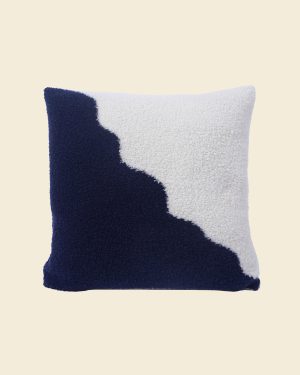 Plush Pillowcase
Plush Pillowcase -

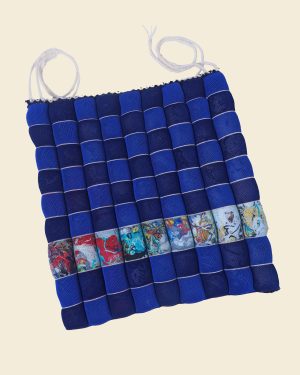 Upcycled Seat Cushion
Upcycled Seat Cushion -

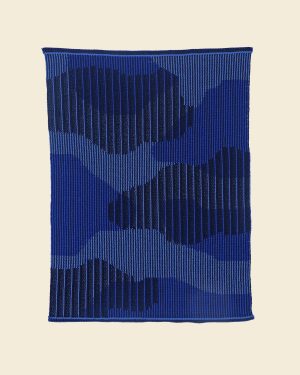 Organic 100% Cotton Table Mat
Organic 100% Cotton Table Mat -

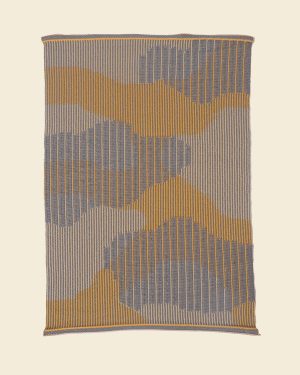 Organic Cotton Table Mat
Organic Cotton Table Mat -

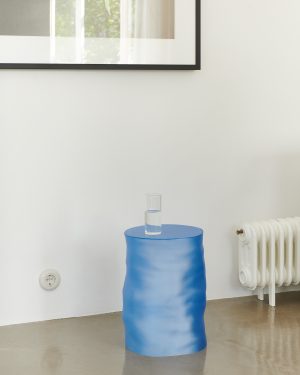 Morning Dip Side Table
Morning Dip Side Table -

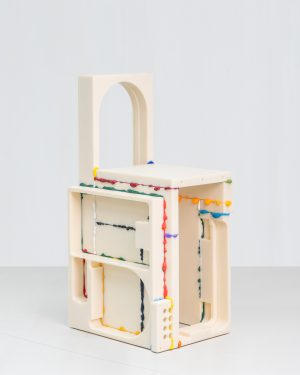 B. S. P Series “the Original”
B. S. P Series “the Original” -

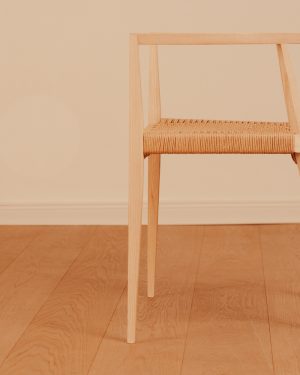 Lehn Chair Ash
Lehn Chair Ash -

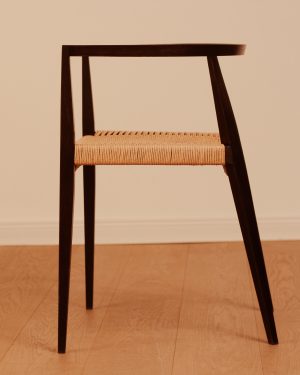 Lehn Chair Ebonised Oak
Lehn Chair Ebonised Oak -

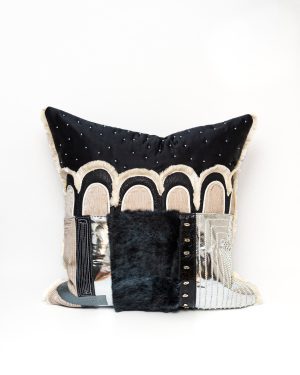 Cushion 01
Cushion 01 -

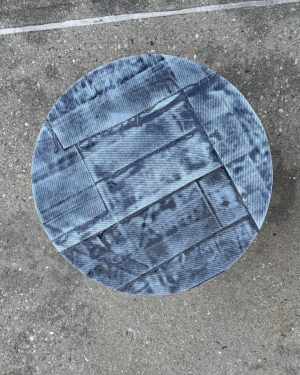 Side Jable – Recycled Fabric Sheet Tables
Side Jable – Recycled Fabric Sheet Tables -

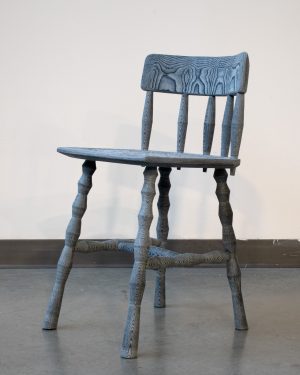 The Denim Windsor
The Denim Windsor -

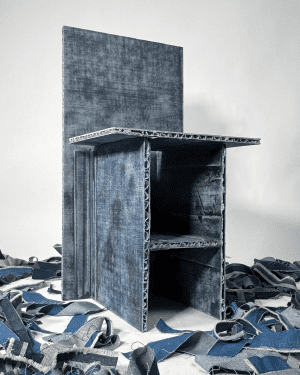 The Concept: Puff-ply – Recycled Fabric Chair
The Concept: Puff-ply – Recycled Fabric Chair -

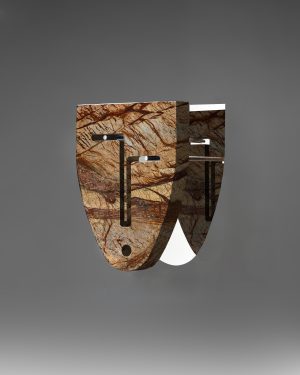 Testa Dei Marmi Forrest Brown – Marble Sculpture
Testa Dei Marmi Forrest Brown – Marble Sculpture -

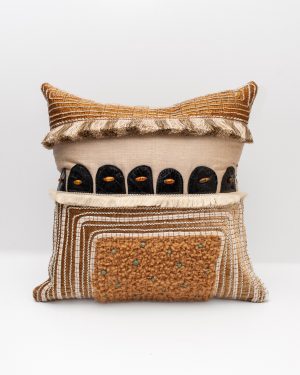 Cushion 03
Cushion 03 -

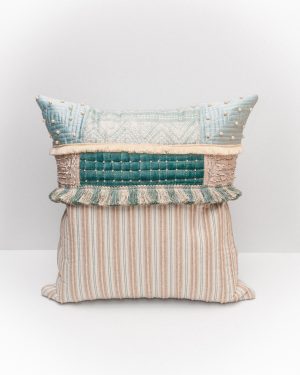 Cushion 02
Cushion 02 -

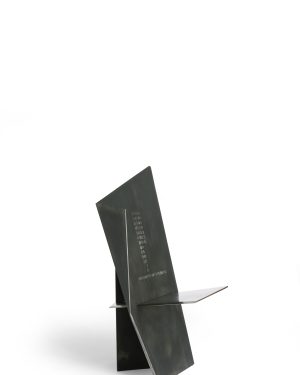 Harakiri – Aluminum And Damascus Steel Chair
Harakiri – Aluminum And Damascus Steel Chair -

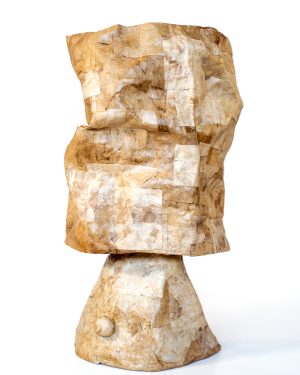 Traditional Paper-making Lamp
Traditional Paper-making Lamp -

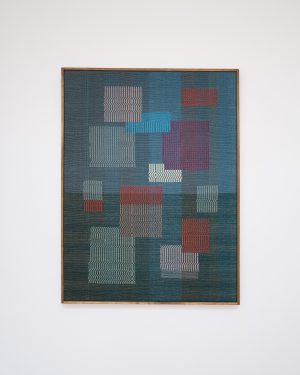 Spigolatura N°72 – Handwoven Wall Art
Spigolatura N°72 – Handwoven Wall Art -

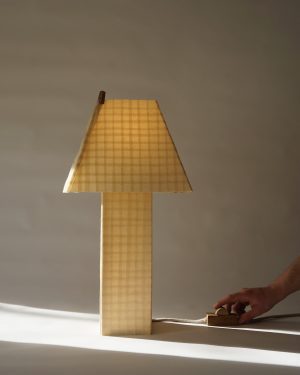 Grid Lamp
Grid Lamp

